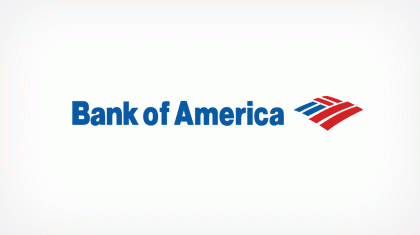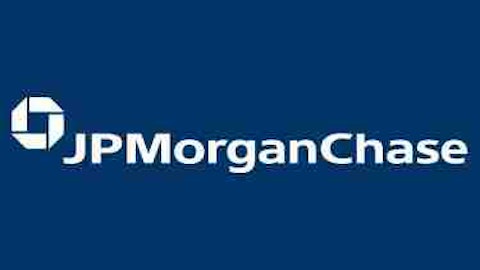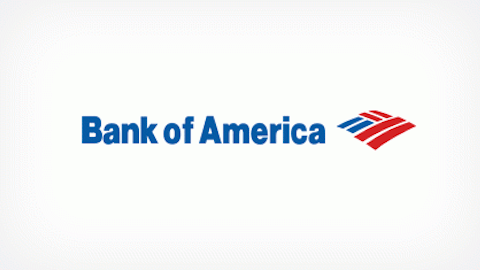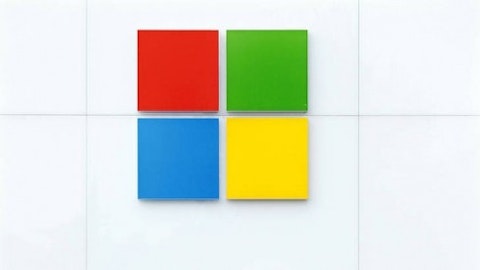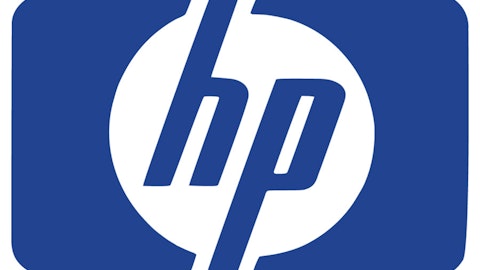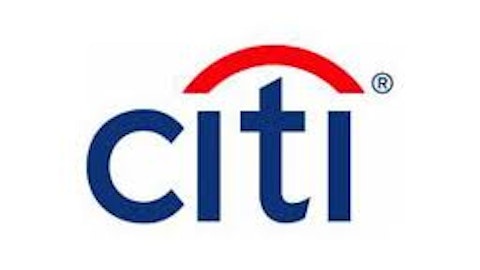The “Too Big to Fail” theory states that some financial institutions are so large that their failure will have a terrible effect on the national economy. Therefore, in the event of a severe challenge, the government bails them out. Large companies usually have business relations with small companies for services and supplies. If the large company fails, the smaller company’s business would also be adversely affected.
During the financial crises, the U.S and U.K governments announced bailout packages worth $600 billion. In the US, JPMorgan Chase & Co. (NYSE:JPM), Bank of America Corp (NYSE:BAC) , Citigroup Inc (NYSE:C), Wells Fargo & Co (NYSE:WFC), Goldman Sachs Group, Inc. (NYSE:GS) and Morgan Stanley (NYSE:MS), which are perceived as the six largest banks, received bailouts.
However, the stability of the financial sector has a trade off. While the regulators want stability, investors want profitability. The small-loan business sector is covered 60% by community banks and the remaining 40% by megabanks; this small-business loans segment represents 5% of the total megabank lending.
Stringent capital requirements hurting profitability
Banking regulations related to a robust capital base have a more severe impact on smaller banks as compared to the largest banks. While the need to hold additional capital hurts a bank’s lending abilities, it creates sustainability issues for the smaller players. The upcoming Basel III regulations would require banks to maintain a specific amount of capital and liquidity standards, which is higher than previous standards.
New regulations are being introduced so that the banking sector can absorb any financial or economic stress. It is easy for a large bank to maintain this capital, but looking at community banks they already have a very small capital base, which would impact their profitability. The Basel committee’s first two versions failed to avoid the financial crises. Banks with assets of less than $10 billion control 20% of the total U.S banking assets.
At the end of the first quarter of 2013, JPMorgan reported strong earnings, and an estimated Basel 3 Tier 1 common ratio of 8.9%, up from the prior quarter’s 8.7%. Its Basel 1 tier 1 ratio came in at 10.2%. Wells Fargo & Co (NYSE:WFC)’s reported 10.4% Tier 1 common equity ratio under Basel 1 and estimated a Tier 1 common equity ratio of 8.4% under Basel 3. Similarly, Bank of America Corp (NYSE:BAC) reported a Basel 1 tier 1 ratio of 11.2%, up 43 basis points year-over-year, and an estimated Basel 3 ratio of 9.5%.
In addition, if Basel 3 capital and liquidity conditions are volatile and increase costs for banks, then the banks may pass cost increases to corporate clients.
Race for low cost of funds
Regulators’ dreams of a stable financial system have led to a race to tap cheaper sources of funding amongst banks. Currently, big banks have a heavy reliance on wholesale funding to finance their regular operations, but is wholesale funding actually cheap?
Big banks have to pay lower interest on their bond issues largely because they are bailed out in case of a default. Besides, the largest banks have greater financial needs; their bond issues are bigger and more liquid. Therefore, the bonds issued by largest banks are considered safer by bond investors.
However, there is another cheap source of funding, which the smaller banks have been able to tap. In the first quarter of 2013, interest paid on deposits ranged between 40 basis points and 82 basis points, while the bond issuance yield came in at 235 basis points. This shows that deposits are a cheaper source of funds.
In 2012, Wells Fargo & Co (NYSE:WFC)’s core deposits accounted 75% of its total liabilities. Therefore, it can be implied that the remaining amount derived from wholesale funding. For Bank of America Corp (NYSE:BAC) and JPMorgan Chase & Co. (NYSE:JPM), this percentage was 56% and 55%, respectively. This suggests that Wells Fargo has a heavy reliance on core deposits as compared to its peers, while both Bank of America Corp (NYSE:BAC) and JPMorgan Chase & Co. (NYSE:JPM) rely more on wholesale funding.
Federal Reserve Chairman Ben S. Bernanke said:
Is wholesale funding a concern then?
While wholesale funding is not the cheapest, it is also not the safest source of funds. Risks associated with wholesale funding are that banks may experience liquidity problems when wholesale funding dries up, or there may be changes in terms due to which the banks are not profitable. Financiers may withdraw their amounts upon negative news. In contrast, the deposit financing is considered safe. The smaller banks use deposits as a primary source of funds.
Valuations
From a valuations perspective, the six-largest banks are trading at around a 4% discount to their respective book values, while on average the smaller banks are trading at around an 11.5% discount to their book values. In particular, JPMorgan Chase & Co. (NYSE:JPM) is demanding a 3% premium to its book value, while Wells Fargo & Co (NYSE:WFC) is changing hands at a 44% premium. In contrast, Bank of America Corp (NYSE:BAC) is trading well below its book value (34% discount).
Conclusion
While the largest banks might have robust capital bases, represented by their Basel III capital ratios, I believe the smaller banks are in a better position to win the race for a cheap cost of funds. Besides, the smaller banks are trading at greater discounts compared to the biggest banks. Therefore, smaller banks present a buying opportunity.
Red Chip has no position in any stocks mentioned. The Motley Fool recommends Wells Fargo & Co (NYSE:WFC). The Motley Fool owns shares of Bank of America Corp (NYSE:BAC), JPMorgan Chase & Co. (NYSE:JPM)., and Wells Fargo.
The article Stringent Capital Rules Inspire Race to Cheap Capital originally appeared on Fool.com.
Red is a member of The Motley Fool Blog Network — entries represent the personal opinion of the blogger and are not formally edited.
Copyright © 1995 – 2013 The Motley Fool, LLC. All rights reserved. The Motley Fool has a disclosure policy.
